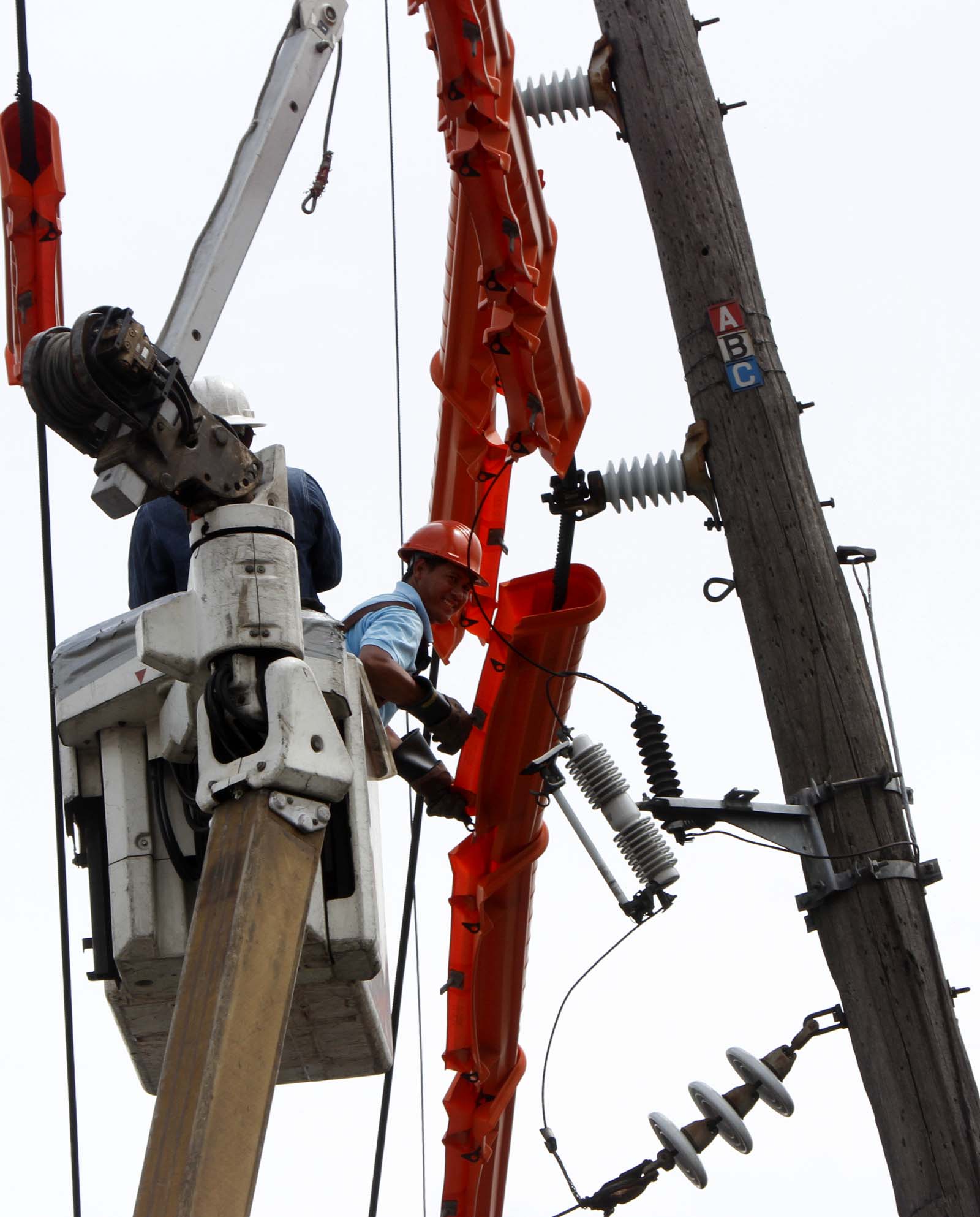
MANILA – The successive declines in retail power tariffs in Manila Electric Company’s (Meralco) franchise areas over the last four years have narrowed the gap between the firm’s electricity rates and those of other countries, according to international study.
The International Energy Consultants (IEC), an Australia-based consulting firm specializing in Asian power markets, said in its survey that Meralco’s average tariff (excluding value added tax) has declined 28 percent since January 2012 against an average decline of 19 percent across 44 countries covered by the survey.
In local currency terms, this translates to a 22 percent decrease in the power utility’s average tariff versus an average decline of only one percent across all markets.
In a media briefing, IEC Managing Director C. John Morris said that electricity rates in Luzon and selected markets from the Indo-Pacific region and other parts of the world were now at closer parity than before.
Luzon’s average electricity tariff is only 11 percent above the survey’s average rate, which reflects an improvement from a similar survey done by IEC in 2012, which showed that electricity rates in the island was 24 percent above the average rate of surveyed countries in that year.
“This is an excellent outcome for consumers considering that the Luzon power market is unsubsidized and the majority of electricity is produced using imported fuel,” Morris said.
Morris emphasized the role government subsidies continued to play to make power rates artificially low in markets like Thailand, Indonesia, Malaysia, Korea and Taiwan. He estimated that subsidies in those countries amounted to almost USD 50 billion in 2015 alone.
IEC found that lower fuel costs, mainly coal, was a major contributor to the lower Luzon power prices in 2016.
However, IEC added that a lower distribution charge, lower system loss, and the power utility’s sourcing strategy were also major contributors to the decline.
Morris added that due to these three factors, Meralco customers were able to save around Php 30 billion in power costs.
Since 2012, Meralco has been aggressively negotiating competitively priced Power Supply Agreements (PSAs) with new suppliers.